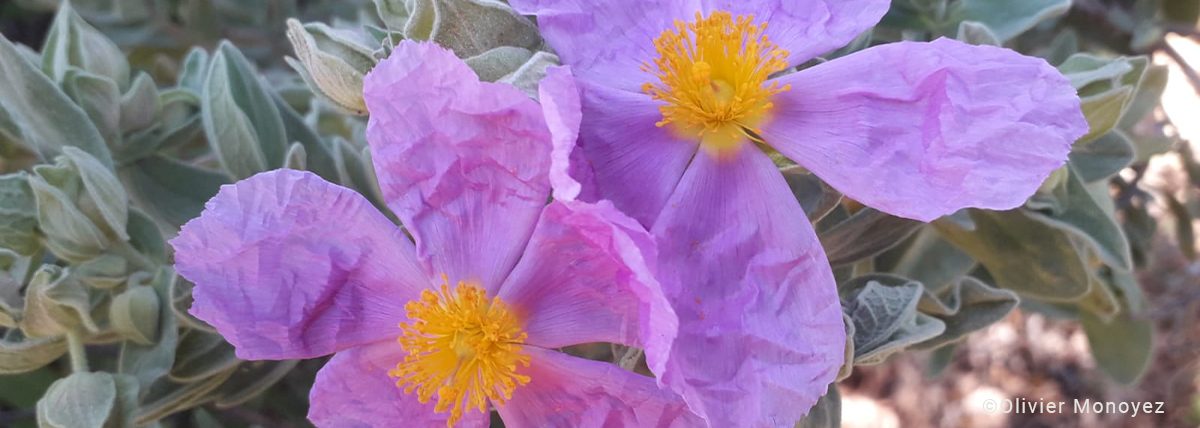
May 2022
AGENDA
Seminars
The Tutankhamun Years: Egyptomania in the 20th Century, Popularization and Globalization of an Original Aesthetic Current – Jean-Marcel Humbert.
This seminar – the first on this specific subject – is linked to the current event, the centenary of the discovery of Tutankhamun’s tomb (2022), and aims to study in detail the important wave of Egyptomania that arose after the announcement by the media of this immense archaeological discovery. At the same time, it plans to study how this Egyptomania developed throughout the 20th century in art and in the environment of everyday life (novels, theater, cinema, advertising, etc.), and what apart from the person of the young pharaoh can lay claim to it: could the Egyptomania of the 20th and 21st centuries be the daughter of Tutankhamun?
Genealogies, filiations, kinship of gods and men in Homer and in the archaic Greek world – Adeline Grand-Clément.
The team of this project, made up of about fifteen European researchers, works on Homer’s gods from an interdisciplinary perspective combining philology, history, anthropology, art history and history, comparison of religions. Indeed, only a global and versatile reading of the poems can restore to archaic poetry the central place it had in the culture of multiple gods that characterizes ancient Greece. The chosen theme aims to explore the founding and structuring role of discourses (texts and images) on divine filiations. The workshop aims to analyze the multiple issues related to kinship relationships that are tied in the poetic or iconographic fabric, as well as in the various contexts of reception of Homeric poems and, more generally, archaic Greek poetry.
Interkingdom RNA Interference: Mechanisms, Biological Relevance and Applications – Lionel Navarro.
RNA interference or RNAi is an ancestral mechanism for regulating gene expression that plays a major role in various biological processes. It consists of the production of small non-coding RNA capable of repressing the expression of genes in a sequence-specific manner. In recent years, several studies have shown a bidirectional transfer of small RNAs and/or their precursors between host cells and microbes. This phenomenon involves in some cases extracellular vesicles (EVs), which notably protect these RNAs during their intercellular transfer. However, although the transferred RNAs have shown proven activity in the recipient cells, the mechanisms involved in the different steps of inter-kingdom RNAi still remain elusive. The proposed symposium will bring together international experts in this emerging research field.
Residential Studies
Henri-Philippe-Auguste Dutrône (1796-1867), a committed romantic of the 19th century – Fotini Asimakopoulou
This project concerns the writing of a biography of Dutrône inscribed in a transversal and multidisciplinary approach, which, through the life of this person, will try to discover the circles in which he moves, such as those of liberal Freemasonry and Saint-Simonians, as well as the propagation of the ideas of these circles outside of France.
Stochastic Recipes in image processing – Julie Delon
The purpose of this book is to present in a pedagogical way an overview of stochastic models and approaches used in image processing and analysis. The book will cover classic and historical models as well as very recent research topics, especially among those based on developments in artificial intelligence (machine learning and deep neural networks). The book will be written in English. It is aimed at students at Master 2 level in mathematics or computer science, as well as researchers in statistics and probability who wish to understand the links between the models they are studying and real data, as well as all those who want to discover and understand the theory behind image processing algorithms.
Genius, Madness and the Origin of the Brain – Seth Grant
The goal is to write a scientific book on the molecular basis of behaviour. Molecular biology – the science of DNA – began to have a first major impact on neuroscience in the early 1990s, during the Decade of the Brain (1990-2000). Major scientific discoveries have transformed our knowledge of how the brain produces behaviors, how these mechanisms have evolved and how they become disrupted in disease. As the title suggests, the themes of mental illness, normal brain function, and evolution can all be tied together in a unified framework. This framework revolves around a set of proteins that are found inside “synapses”, which are the connections between nerve cells in our brain.
Residences
Author’s residency: Isabelle Tillerot
Her project: the plot of the fragment in the 18th century. Breakage and splinters of a trace.
In its contradictory and insolent truth, the fragment is both general and particular, and in everything specific. This project aims to fill the gap in its history in the 18th century. According to the first edition of the Dictionary of the French Academy in 1694, it is the piece of something that has been broken, shattered, and it is hardly said that considerable things. It is, in the figurative sense, the tiny part of a disappeared or unfinished text, which was or never was. Its relevance to the modern period is that it is never self-evident, whatever its appearances and purposes, and always seems to arise and slip away at the crossroads of other intrigues and desires. [find out more]
Photography Residency : Mohamed Camara
His project :
“My photographs can be read like boxes in comic strips. As a young man, I started dreaming about the world and photographing it through the curtains of the rooms where we spent our days in Bamako. My career has given me the chance to span the Mediterranean in both directions. During the Residence at Les Treilles, in the nearby countryside and in the surrounding villages, I propose to install elements designed in Bamako as points of passage between the worlds: bubbles filled with water in which I insert, physically, images of the beings that I miss, that I would like to have in dialogue with the fountains and springs of the place; curtains, embroidered in Bamako in preparation for the project and each copy of which will carry a story. Once installed in the estate using porticos, their play with the wind will reveal sub-narratives, actions staged in the landscapes chosen and framed beyond the curtains, nourished by the daily life of a Sahelian in residence: the adventures of Mohamed Camara in Tourtour!”
Photographic Book Prize
The Escourbiac printing press and the Treilles Foundation create the Escourbiac – Fondation des Treilles Prize. This prize consists of support for the publication of a photographic book related to the Mediterranean world. In January of each year, it will be awarded by the jury of the Photography Prize.
Young Researcher Prize 2022
Each year, the Fondation des Treilles awards a “Young Researcher” Prize to French or foreign researchers at the end of their thesis and to post-docs conducting their research in France. The Young Researcher Award is open to all disciplines. [List of 2022 winners]
Application deadlines
From May 1, applications will be open for the following activities, until the deadlines mentioned below :
– The Photography Residency Prize (in 2023) : October 1st, 2022
– For Seminars (in 2024) : September 16, 2022
– For Residential Studies, small groups (in 2023) : September 16, 2022
– For Residential Studies, large groups (in 2024) : September 16, 2022
–For the Escourbiac – Fondation des Treilles Prize (in 2023) : October 1st, 2022
EXHIBITIONS
EXHIBITION “TREASURES FROM THE FONDATION DES TREILLES”
The Fondation de l’Hermitage in Lausanne is currently hosting Switzerland’s first exhibition featuring a selection of the greatest masterpieces from the Fondation des Treilles. You can go and visit it until the 29th of May. [Learn more]
